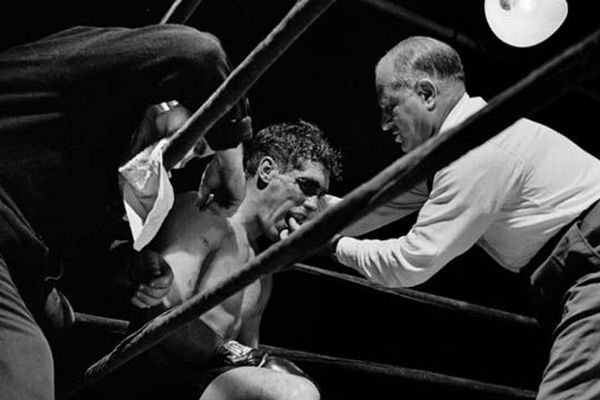|
|
History: Look Magazine Photography By Stanley Kubrick
|
Many of Kubrick's films have back-references to previous Kubrick films. The best-known examples of this are the appearance of the soundtrack album for 2001: A Space Odyssey appearing in the record store in A Clockwork Orange and Quilty's joke about Spartacus in Lolita. Less obvious is the reference to a painter named Ludovico in Barry Lyndon, Ludovico being the name of the conditioning treatment in A Clockwork Orange.
Kubrick often employed the use of music as a "black joke" to achieve a chilling, ironic effect (one now often employed by Quentin Tarantino) by incongruously combining mismatched moods and styles. Igor Stravinsky was arguably the innovator of this musical technique during his Neo-Classic period (1920s to the 1950s), but it was Kubrick who extended this idea to the big screen. This gives the intended emotional impact of a scene even more power. Brief examples of this include Vera Lynn singing We'll Meet Again in the final scene of Dr. Strangelove (during a nuclear holocaust), using some older classical music for the futuristic 2001: A Space Odyssey, and using Gene Kelly's Singin’ in the Rain for the end credits in the dystopian world of A Clockwork Orange, and light pop music in Full Metal Jacket.
The use of long takes, while not an unknown technique before Kubrick, became known in the film community as a "Kubrickian" trademark—for instance the extended tricycle-riding sequence in The Shining or the long pullback from Alex's face at the beginning of A Clockwork Orange.
|
|









